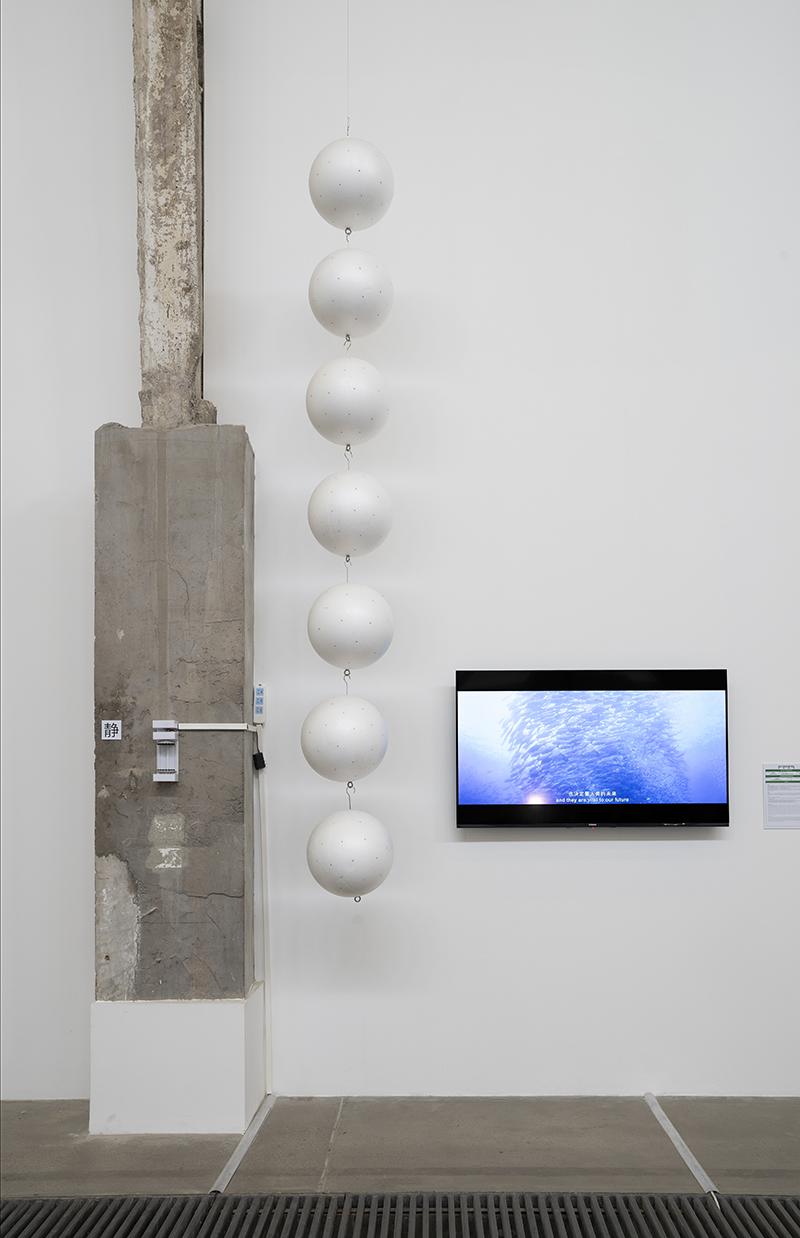 |
Hydrostatic Pressure |
||||||||||||||||||||||||||||||||||||||||||||||||||
|
Background: The term “hydrostatic pressure” denotes the force exerted by seawater on submerged objects. This pressure intensifies with increasing depth. Grasping the concept of hydrostatic pressure is crucial for diving, submarine design, and marine engineering. Hydrostatic pressure is primarily determined by water depth and density, with an approximate increment of one atmosphere (about 101,325 pascals) for every 10 meters of depth. Seawater density varies with depth, geographical location, temperature, salinity, and pressure. The deeper the water, the greater the pressure. Scientists investigate the effects of sea pressure on matter and life through laboratory simulations and deep-sea probes to better understand the characteristics and potential resources of the deep-sea environment. Xiamen University 's JiaGeng research vessel is equipped with state-of-the-art scientific research equipment and laboratories, capable of conducting a variety of marine scientific expeditions. This includes marine geological surveys: utilizing multibeam echo sounders, sub-bottom profilers, and other equipment to investigate the seabed topography and geological structures. Additionally, it covers fields such as marine physics research, marine chemical analysis, marine biological research, marine acoustical research, and atmospheric scientific research. Research: Acoustic levitation is a technique that uses the pressure generated by sound waves to levitate objects in the air. This technology leverages the physical properties of sound waves, creating standing waves to form pressure nodes that allow objects to hover above these nodes. Opposing speakers or reflective surfaces are typically used to generate standing wave fields, ensuring the formation of stable pressure nodes in specific areas. To achieve stable levitation, the system requires precise control over the frequency, phase, and amplitude of the sound waves, with real-time adjustments to adapt to environmental changes and object movements. Procedure: 1. Pierce a series of foam spheres with stainless-steel needles. 2. Entrust these spheres to Xiamen University 's JiaGeng research vessel to be submerged at sea. Under varying pressures at different depths, the foam is compressed and deformed. The stainless-steel needles protrude, transforming the entire sphere into a spiky structure. 3. Suspend these spheres, with varying degrees of compression, in a vertical sequence according to depth, with each sphere representing a distinct depth of seawater. (Currently, as the JiaGeng research vessel is en route for a marine expedition, the artist-commissioned hydrostatic pressure experiment will be conducted after its return at the end of May. The foam spheres on display in the exhibition hall will be replaced in the next two months with spheres taken to different depths by the submersible deployed by the Jiageng research vessel.) 4. Set up an acoustic levitation device nearby to levitate several drops of seawater from various depths into a vertical string, suspended in the air.
|

